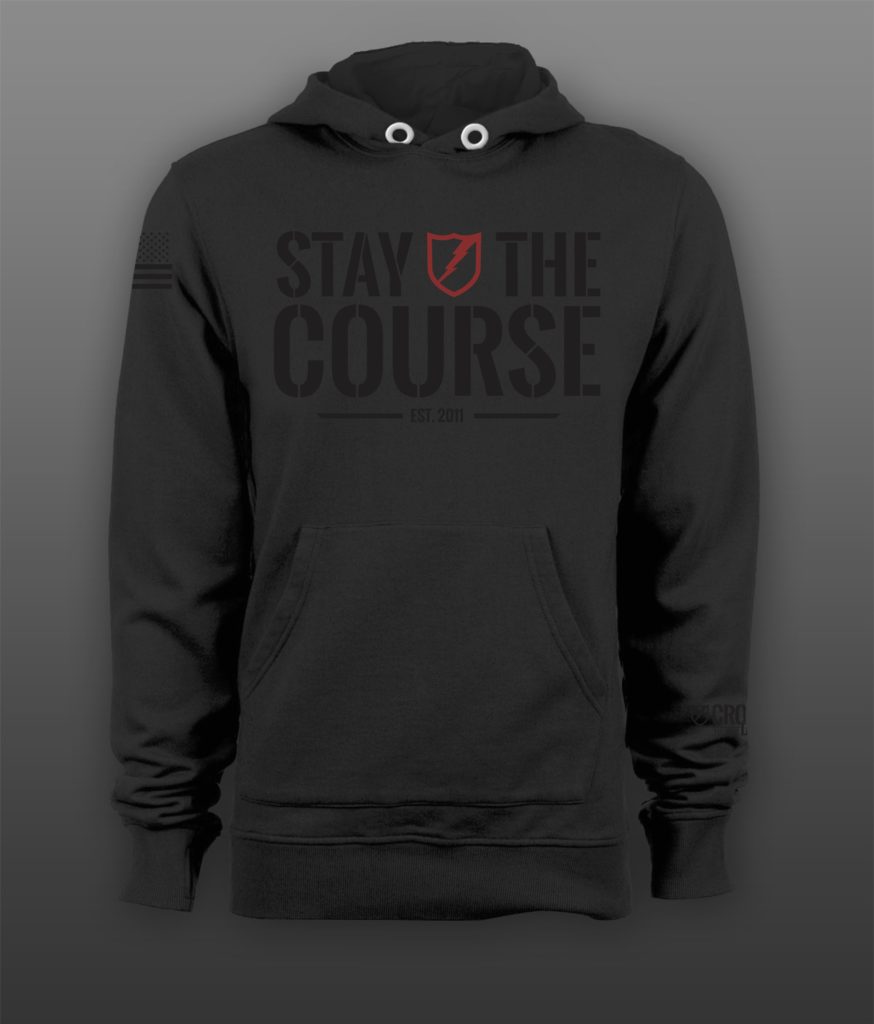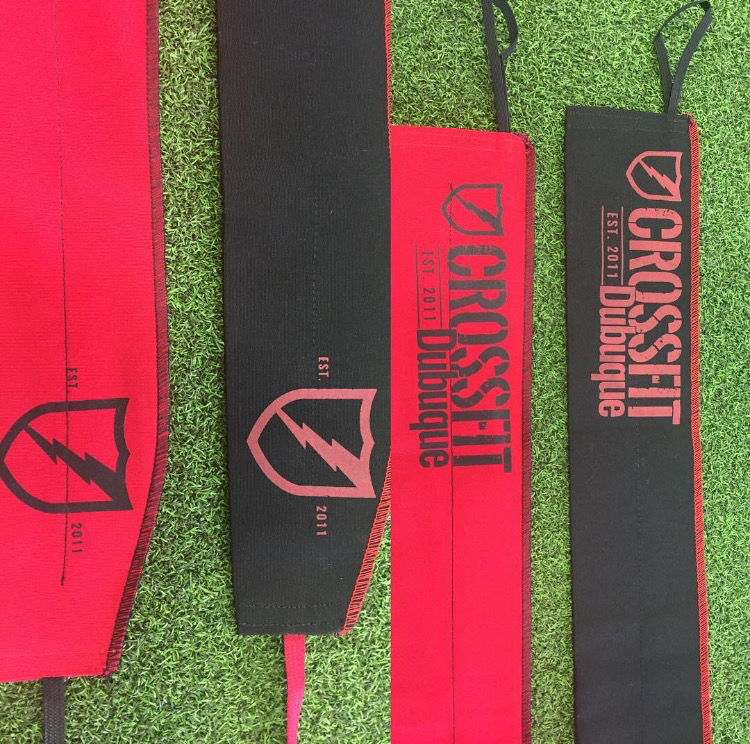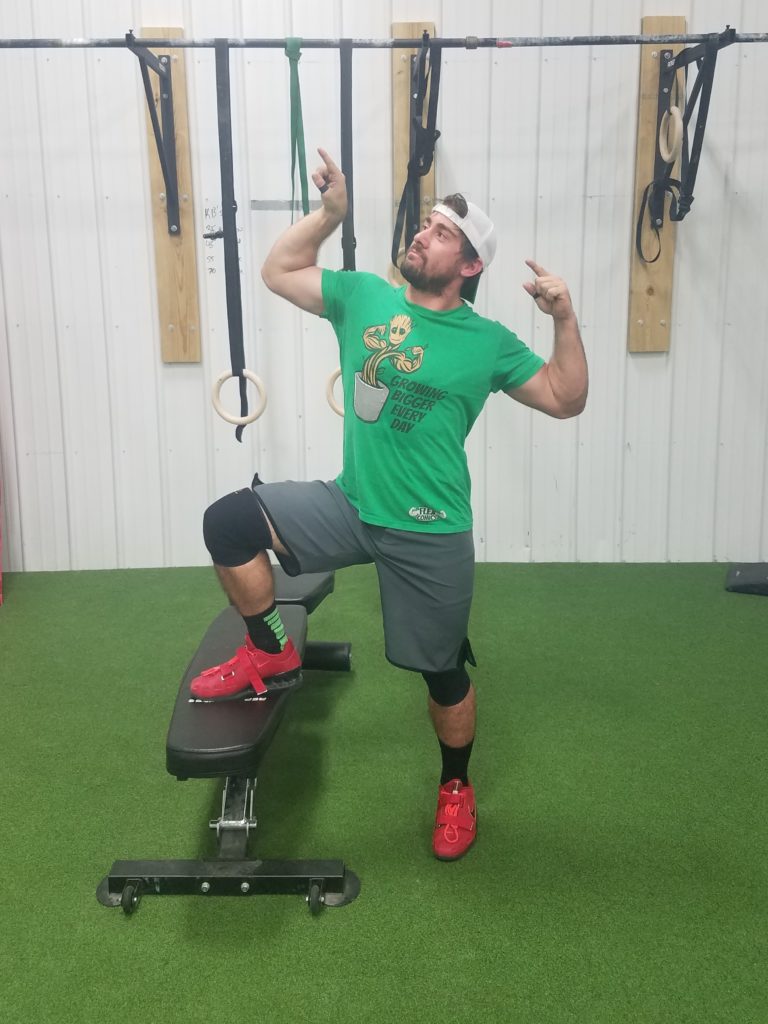Get signed up for our 3-person In-House Competition on November 19th!
There is no such thing as over-training, only under-recovering.
Read that sentence again. It may very well be the single most important sentence you read when it comes to success in your fitness journey.
Allow me to narrate a hypothetical scenario:
Person X wakes up from yet again another night of not restful sleep. He/she needs caffeine to get his/her ass in gear for their day. Due to being rushed in their everyday timeline, post-workout refueling takes a backseat and instead of a whole food meal filled with everything you need, they simply pound down a quick shake on their way out the door, or maybe even go fasted. Between their regular work day, going to the gym for their workout, other responsibilities, obligations, or even vices, they need caffeine a few times a day just to stay productive, eat out too often, feel tired when they shouldn’t be/awake when they need to sleep, then when the weekend comes around they stress the body even further with even poorer choices of food, alcohol, staying up late, etc.
All the while, when that person takes a step back and assesses themselves, they find any or all of the following to be true:
- not happy with body comp
- poor quality and quantity of sleep
- depression or otherwise generally not happy
- decreased sex drive
- decreased performance or plateau in gym
- dependent on caffeine/headaches when not caffeinated
So, this person concludes like so many others do in his or her same situation that they are simply NOT DOING ENOUGH!
“I need to get to the gym 5 times next week!”
“I must be eating TOO MUCH!”
“DO MORE, EAT LESS! Come on, have some discipline!”
Now, I’m not suggesting that the answer to everyone’s problems is to simply do less and eat more, I’m simply demonstrating a possible example that I’ve seen more than just a few times.
Think of your body as your bank account. You have to balance your credits and your debits, right? Have you considered the possibility that you may be trying to withdraw more than you have?
It’s not just your workouts that ‘withdraw’ from your account. It’s your everyday stressors in life. Lack of sleep, stressful job, too many commitments, poor eating choices, alcohol, etc. can all ‘withdraw’ from your account.
Credits to your account would include restful sleep, de-stressing, proper nutrition, and mobility/recovery protocols.
Are you doing too much? Well, that’s all relative. The amount of stress you’re putting on your body might not be too much for you if you recover properly, but if you’re not recovering properly, ANY amount of stress might be too much.
What am I as a strength and conditioning coach going to recommend you do if you’re feeling run down, spread thin, low on energy, etc? I’m very likely going to start by REMOVING stressors from your life, and the stressors I have the most control over are your workouts!
Are you making a conscious effort to recover between your training sessions?
Are you giving your body the things it needs to perform at your full potential the next time you train, or do you find yourself gradually running out of gas as the week goes on?
Do you feel ready to go on Monday mornings (which should be a priority day for most of you since you have a forced rest day on Sundays), or are you actually at your worst on Mondays?
Shouldn’t it bother you that after a day of rest you’re at your worst when it comes to performance?
What does that suggest about the recovery protocol you have on your off days?
Have you heard of that elite level athlete who is capable of high levels of work capacity sustained over a long period of time who runs off 1/2 the sleep and caloric intake of others at his or her level? ME NEITHER!
Again, I hate just speaking in generalities and blanket prescribing ‘do less, eat and sleep more’ to a general population because that’s not what everyone needs, but it does tend to be a common theme amongst active people. I’m only asking you, the reader, to take a step back and see if the shoe fits. If this describes you, I think it’s safe to suggest that you should probably put some thought into what’s happening between your workout sessions rather than trying to cram as many sessions into the limited white space in your calendar as you can. Focus on the quality of the recovery process as well as the quality (not quantity) of the workout. More times than not, increasing the training volume is NOT the right answer!
Part 2 will delve into recovery as it pertains to injury rehab and my experiences with that. If you have any questions, don’t hesitate to email me at phil@crossfitdubuque.com and give me your thoughts!
RLTW <1>
-Coach Phil
Not a member? Sign up for an Intro Class.
RSVP


 How long have you been a member at CFD, and what made you want to get started?
How long have you been a member at CFD, and what made you want to get started?



